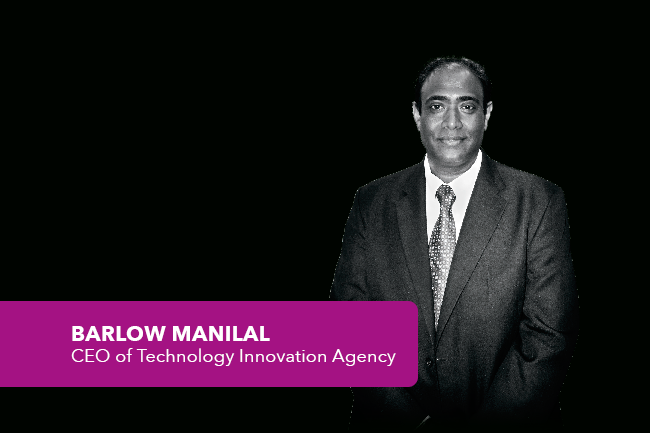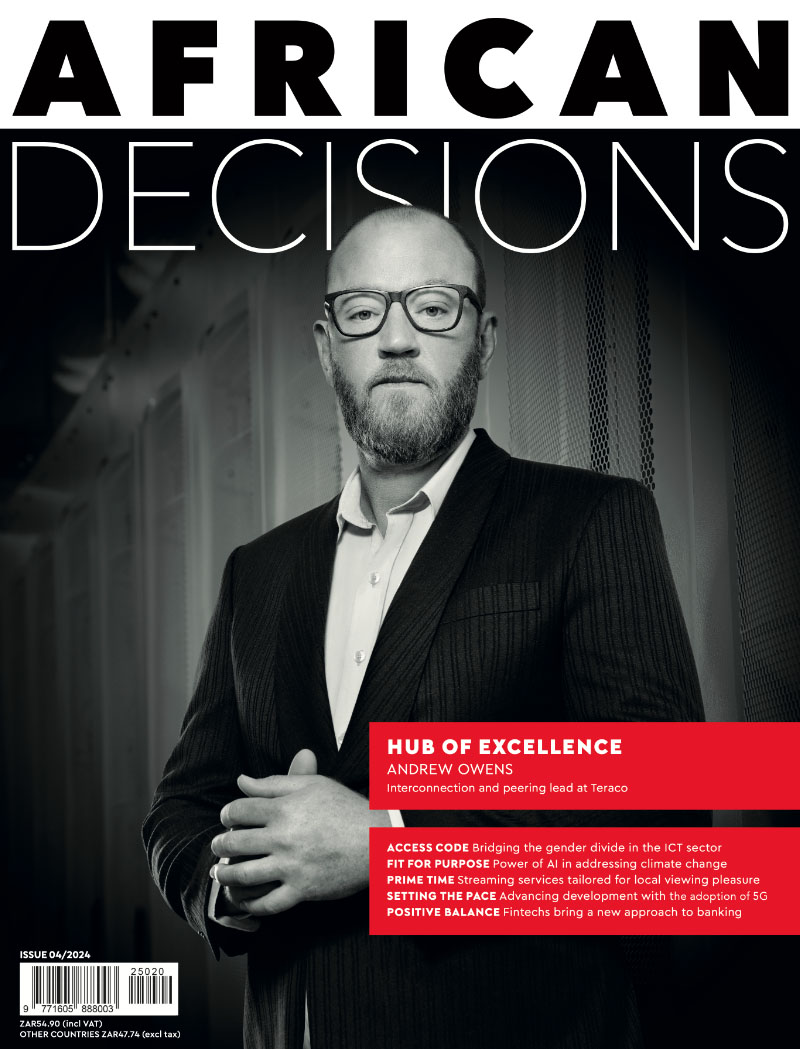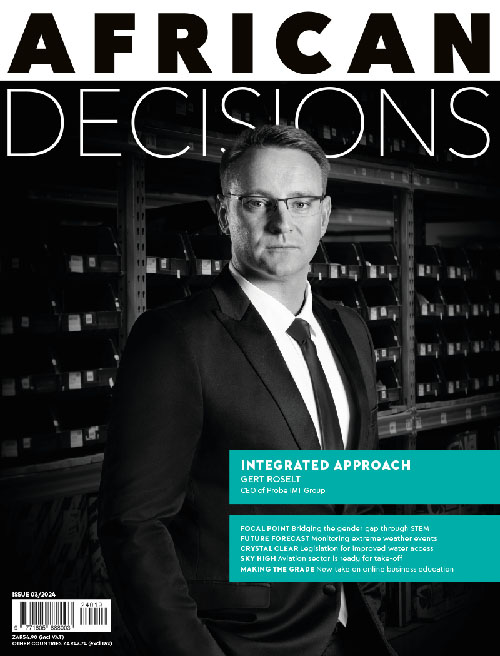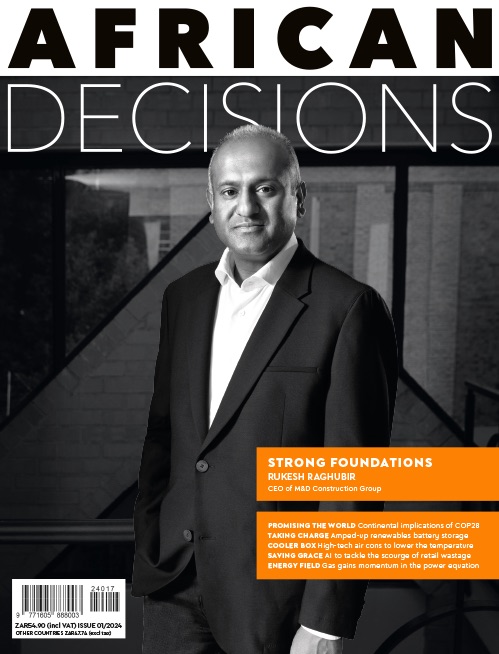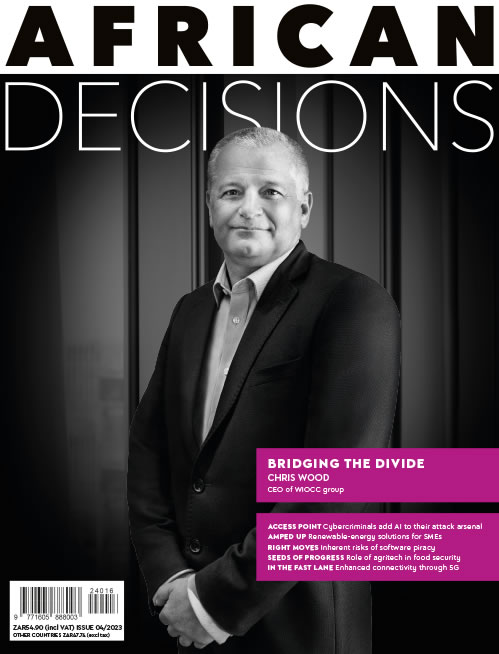‘There is literally no end to the number of good ideas, creative thinking and innovations in South Africa’s science and technology environments,’ says the CEO of the Technology Innovation Agency (TIA), Barlow Manilal. ‘The problem is that until they are bankable – those concepts are considered high-risk by traditional financial institutions.’ The TIA is the bridge mandated by government to provide high-risk early stage funding, as well as myriad non-funding inventions, to advance the development of ideas and knowledge outputs that result in prototypes and market-ready products.
The agency also supports the development and strengthening of the innovation ecosystem to ensure a viable business case is conceived in the commercialisation process, and assists in routing those to market. It does so through three funding instruments, namely the Seed Fund, the Technology Development Fund, and the Commercialisation Support Fund. More than ZAR500 million in financial backing comes from, predominantly, the Department of Science and Technology, as well as other streams such as income from investments, royalties and donor- and partner-funding.
The Seed Fund threshold is limited to ZAR650 000 per project to enable development of a proof-of-concept, and should result in the roll-out of at least a prototype. Once validated, the project is evaluated on a case-by-case basis and, should further funding be required, it is submitted to other funding instruments. Support, however, extends only to the pre-commercialisation stage.
‘When the product/service is ready for market entry and commercialisation we stop funding,’ says Manilal. ‘Market forces, such as venture capital as well as scale-up funders, must take it forward, given it should be extensively de-risked at this stage.’
SMEs are a major focus. The TIA has assisted more than 11 350 thereof, creating 16 200 jobs and resulting in substantial socio-economic benefit to communities. ‘Over this period, the TIA has disbursed some ZAR1.9 billion in grants to support innovation infrastructure within the ecosystem,’ says Manilal. ‘Impact studies indicate that for every ZAR1 we have invested, ZAR3.55 of economic value is derived as a result.’
The extent of innovation activity is variable and dependent on individual sector dynamics, he says. ‘For instance, the financial services sector is well-advanced, given the way it has embraced technology and introduced smart app banking. There is also lots of activity in the health sector but its advancements are somewhat frustrated by its heavily regulated environment.
‘Overall we focus on how innovation can improve society, stimulate the economy and improve the quality of life.’
Service delivery is one such example, especially in rural areas.
‘People should not be running out of medication in clinics; schools should have books on time; and public hospitals need better patient management capabilities. The TIA is positioning itself to play a more decisive role so that we can improve those situations – and this means looking at ways to exploit innovation, appropriate technologies and enhanced processes to improve the quality of life for South Africans.’
The TIA’s challenge is that the demand for its services and financial instruments is significantly greater than its resource base. This is compounded by factors outside of an innovator’s control, such as a weak economy, currency volatility and rampant global competition.
‘This is true, however, for the rest of the continent, where the TIA plays a supportive and advisory role,’ says Manilal. ‘We operate in a connected economy where supply chains are truly global and fully integrated. South Africa is intrinsically connected to the entire continent’s economy and ecosystem, with the advent of the African Continental Free Trade Agreement.
‘Economies that experience low growth need to look at their entrepreneurial activity, he says. ‘If there is innovation, there will be economic dividends in the medium to long term. To boost an economy we must be resilient, competitive, innovative and resourceful.’
The TIA also considers innovation-based entrepreneurial pipelines as crucial. Schools and universities must be challenged to introduce and expand entrepreneurship skills, critical-skills thinking and innovation support to inculcate the culture and mindset of innovation and an incessant desire for continuous improvement, with the scope of impact being global.
Through community colleges, the TIA has provided 10 000 individuals with appropriate skills development, including how to pitch ideas, run a business and enter the economic value chain. Manilal has tasked himself with growing these pipelines by stabilising the TIA, ensuring robust governance structures, enhancing organisational capability, strengthening partnerships and seeking out new income streams.
‘Our desired end state is to be recognised as a centre of competence that drives innovation in a manner that secures our long-term future; to be a thought leader with enough funding muscle to cause a significant shift in the economy,’ he says. ‘What the TIA is really doing is converting knowledge into economic value for our country.’

